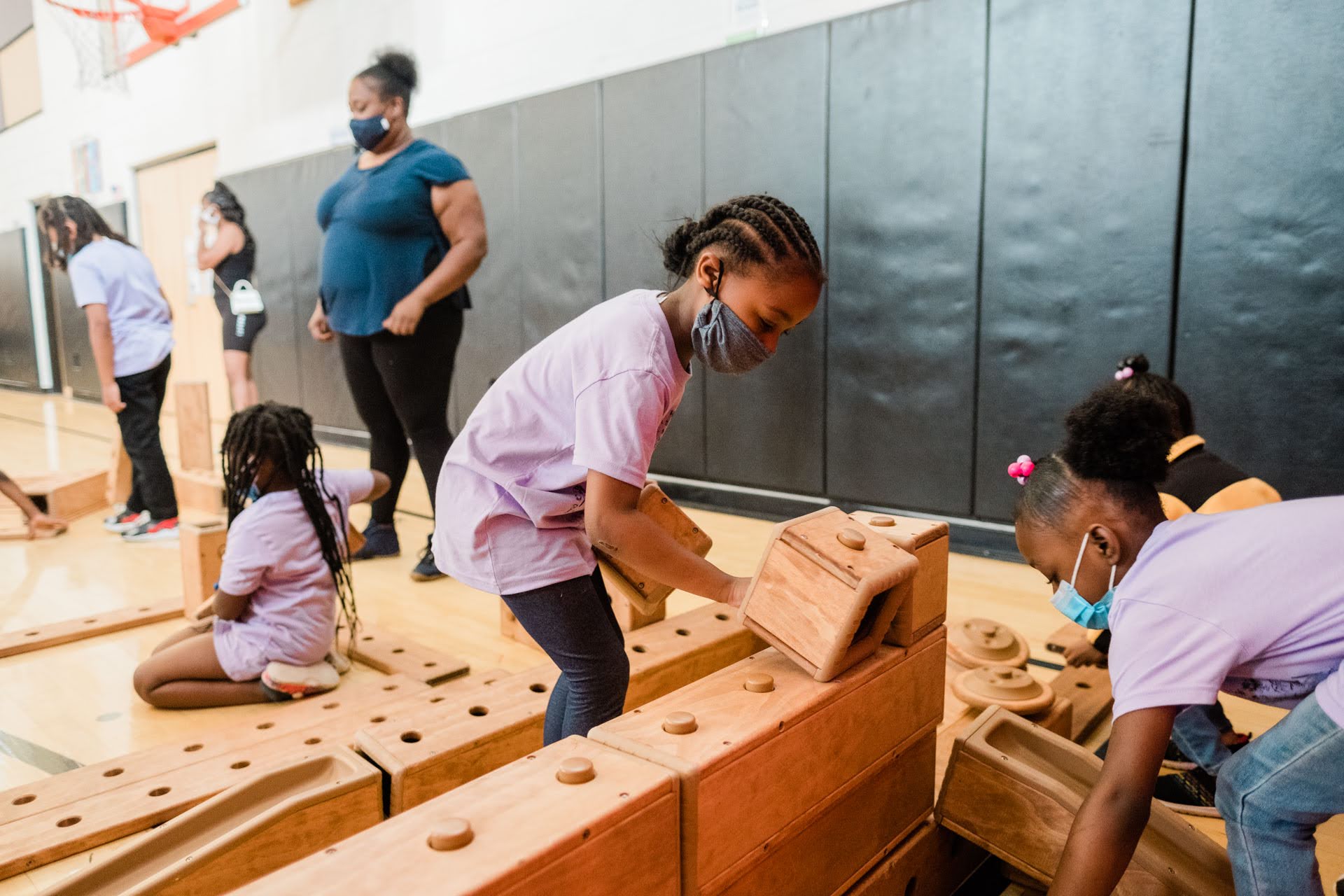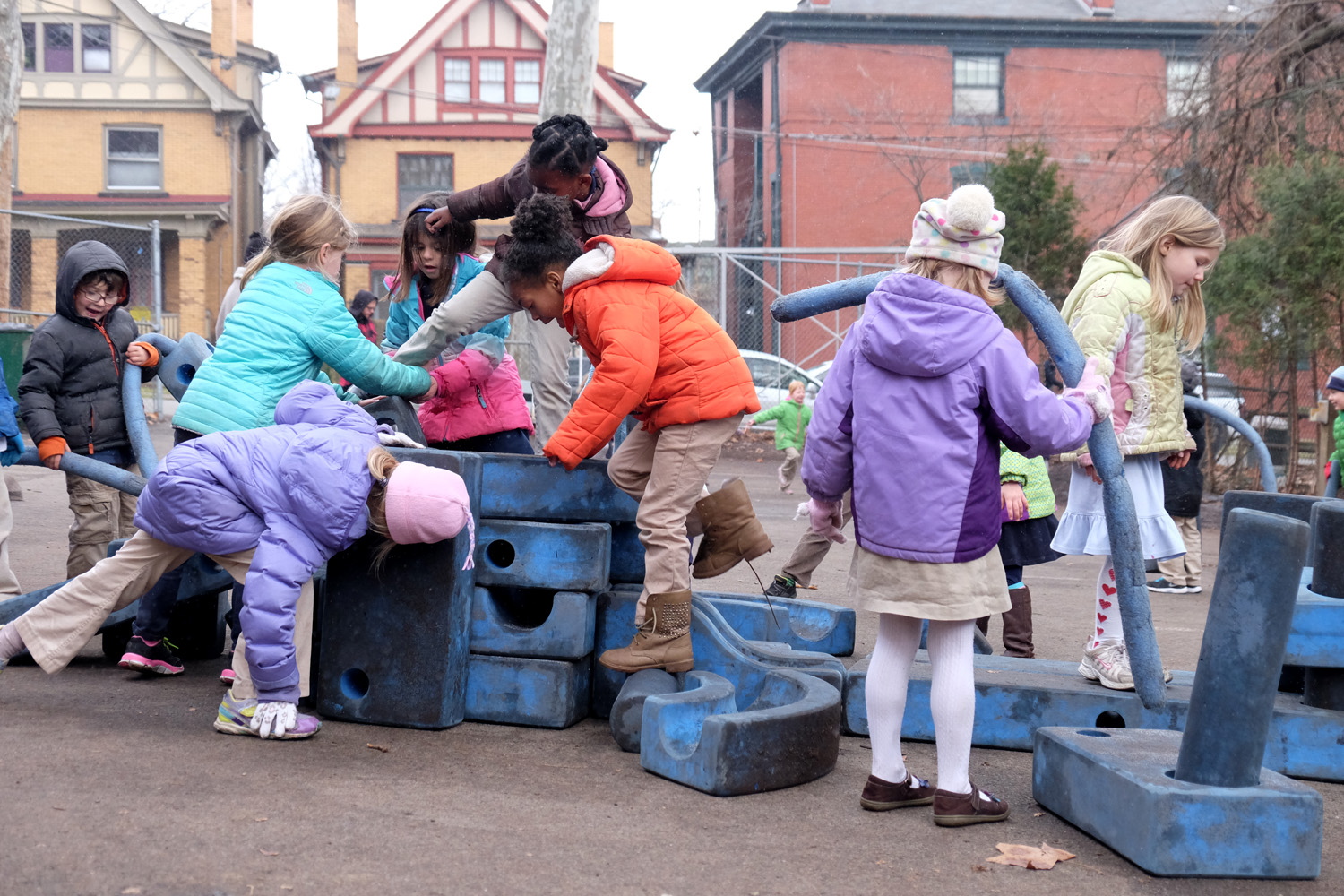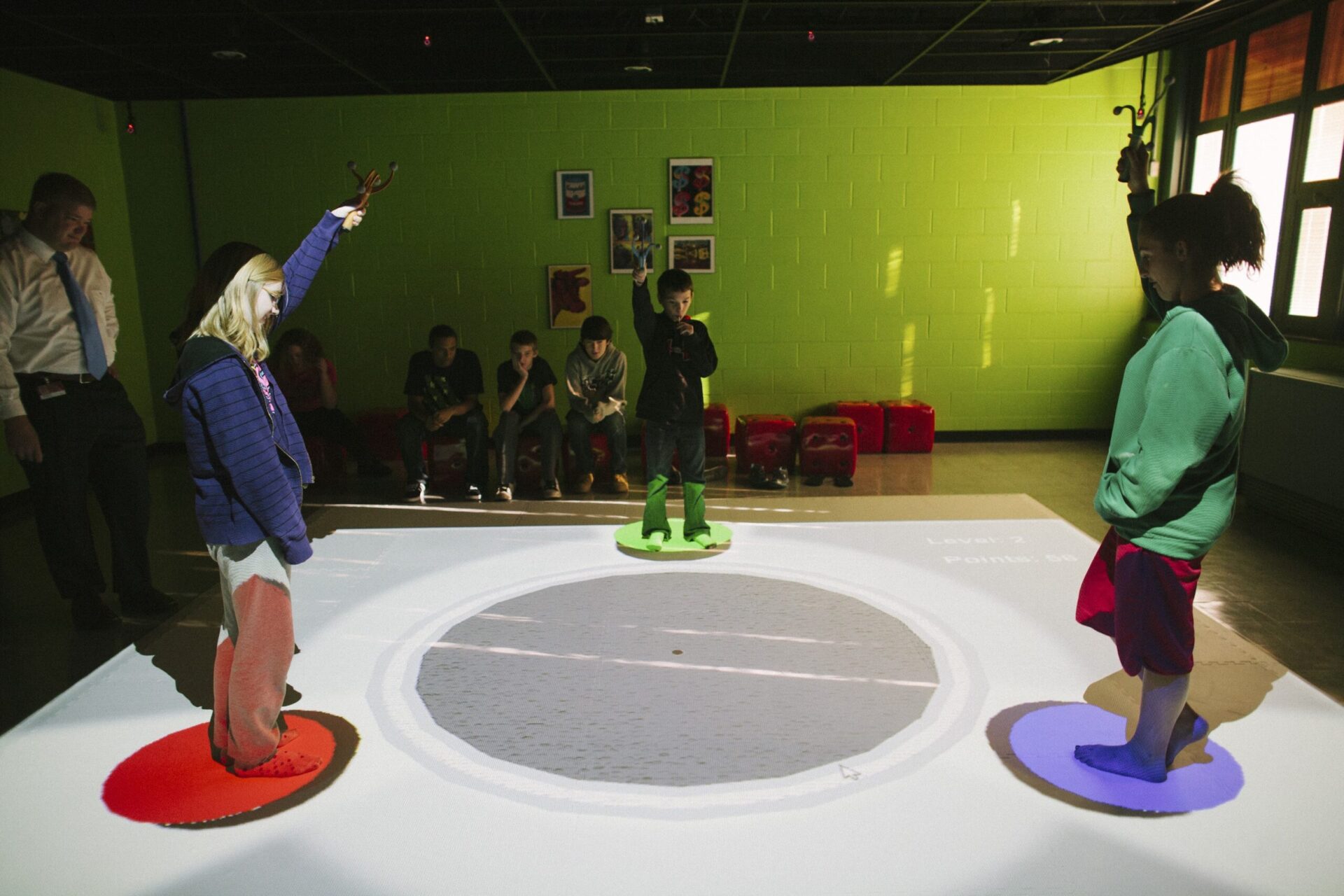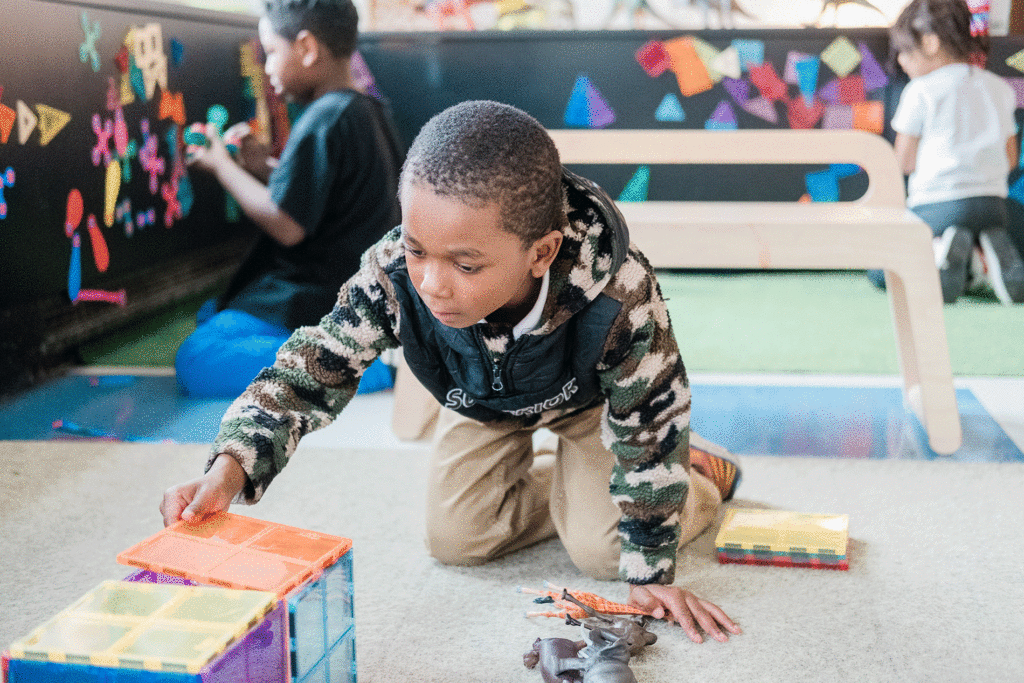Play is an instinctive, essential part of our lives from birth. We don’t often think about defining it, perhaps because so many things fall under its delightfully broad umbrella. An impromptu basketball game, a staring contest that dissolves into giggles, an afternoon spent assembling a jigsaw puzzle or stealthily hiding-and-seeking, or even the art of elaborately decorating a dozen cupcakes – these and so many other endeavors can all be forms of play.
WHAT IS PLAY?
According to pioneering play expert Dr. Stuart Brown, play is the “state of mind that one has when absorbed in an activity that provides enjoyment and a suspension of sense of time.”
The self-motivated experience of getting lost in doing something that intrigues and entertains you, and exploring it in an iterative way, can happen anywhere. A person playing may be…
- silly or serious
- alone or with others
- highly physical or utterly motionless
- raucously noisy or pin-drop quiet
WHY IS PLAY IMPORTANT?
Play is intuitive to human beings of all ages, says Hatch Partners in Play founder Shannon Merenstein, because we crave agency, autonomy and the freedom to explore, create and imagine new possibilities. We also crave the chance to develop relationships and to interact authentically – and that’s exactly what can happen during child-led, open-ended play.
The benefits are broad: Play offers the chance for meaningful multigenerational connection, literacy growth, and much more.
“A child sliding down a playground slide with friends is benefitting physically, learning socially and emotionally by waiting their turn, and even learning cognitively/creatively if there is imaginative play happening,” says Sarah Wolman, founder and CEO of Lightbulb Learning Lab, “The firing of all those neural pathways contributes to a child’s development.”

Research shows that play can be “a key conduit for executive function skills of memory, attention, impulse control, and flexibility,” write Michael Yogman and Kathy Hirsch-Pasek.
At the same time, a lack of play can have worrisome consequences.
According to Brown’s research, “sustained, moderate to severe play deprivation particularly during the first 10 years of life appeared linked to major varied but virtually omnipresent emotional dysregulation; i.e., increased prevalence of depression, a tendency to become mired in rigid inflexible perceptions of options available for adaptation, diminished impulse control, less self regulation, increased addictive predilection, diminished management of aggression, and fragility and shallowness of enduring interpersonal relationships.”
UNDERSTANDING PLAYFUL LEARNING
According to the National Association for the Education of Young Children, the term “playful learning” describes a context in which children learn content while playing freely (free play or self-directed play), with teacher guidance (guided play), or in a structured game. This type of learning can happen naturally and spontaneously.
“We are born with the natural ability to gain skills through play,” says Rebecca Winthrop, director of the Center for Universal Education at the Brookings Institution. “As children, we learn about social norms, roles and responsibilities, and language through curiosity-driven, playful interactions and activities. Learning through play harnesses the power of children’s imagination and inspires active engagement with the material.”
Winthrop notes that playful learning is driven by student inquiry and needs, is meaningfully connected to students’ lives, and fosters experimentation and social interaction.
In a classroom setting, it can involve project-based learning done as a group or independent learning experiences where students set their own goals. The key is an element of real connection to the student, so that they can get productively lost in learning just as they might get happily lost in hours of non-school play with friends or on their own.

PLAYFUL VS. GAMIFIED LEARNING
“Gamification,” or the introduction of elements typical to game playing, is another popular way to engage learners. Gamification is related to – but is distinct from – playful learning.
True play often involves spontaneous activity with no particular goal. In fact, the deliberate purposelessness of some types of play can actually be the point. At its heart, play is about the joy of doing – not necessarily the joy of excelling.
In contrast, gamified learning is goal-oriented. It uses rewards such as the earning of badges, stars or points, and/or the competition-stoking presence of a leaderboard or visible progress measurements, to motivate students.
There is debate here: Is gamified learning a form of playful learning or something entirely different? If one applies aspects of gaming (the earning of points, for example) to an otherwise traditional learning experience (like completing a series of worksheets), some advocates of playful learning would say nothing playful is taking place. But that doesn’t mean that the introduction of games into learning can’t be playful.

WHO NEEDS PLAY AND WHERE CAN IT HAPPEN? (hint: everyone, everywhere)
Play can be as valuable for a teacher’s mental wellbeing and creativity as it is for students. And its impact can ripple out through an entire community. The key is giving adults and children opportunities to play in school, at home and in the wider community.
And yet while play can happen anywhere and doesn’t have specific requirements in terms of cost or materials, access to play varies widely. For some students, recess time is limited or absent and classroom instruction doesn’t include playful experiences. At home, parents may not be familiar with the research into the developmental value of play (including playful “serve and return” communication with babies) or may not opt to engage in frequent play. And the presence of temporary or permanent playful landscapes varies widely by community.
As schools have begun embracing play in new ways and communities are exploring what’s possible, more and more families are able to access varied kinds of play.
The growing movement to create playful learning landscapes has sprung partly from the awareness that kids spend a great deal of time out of school, so they benefit from informal learning opportunities throughout their community. But play also can reduce stress in adults, deepen intergenerational relationships and uplift public spaces – especially if the community is involved as a partner in their creation.
